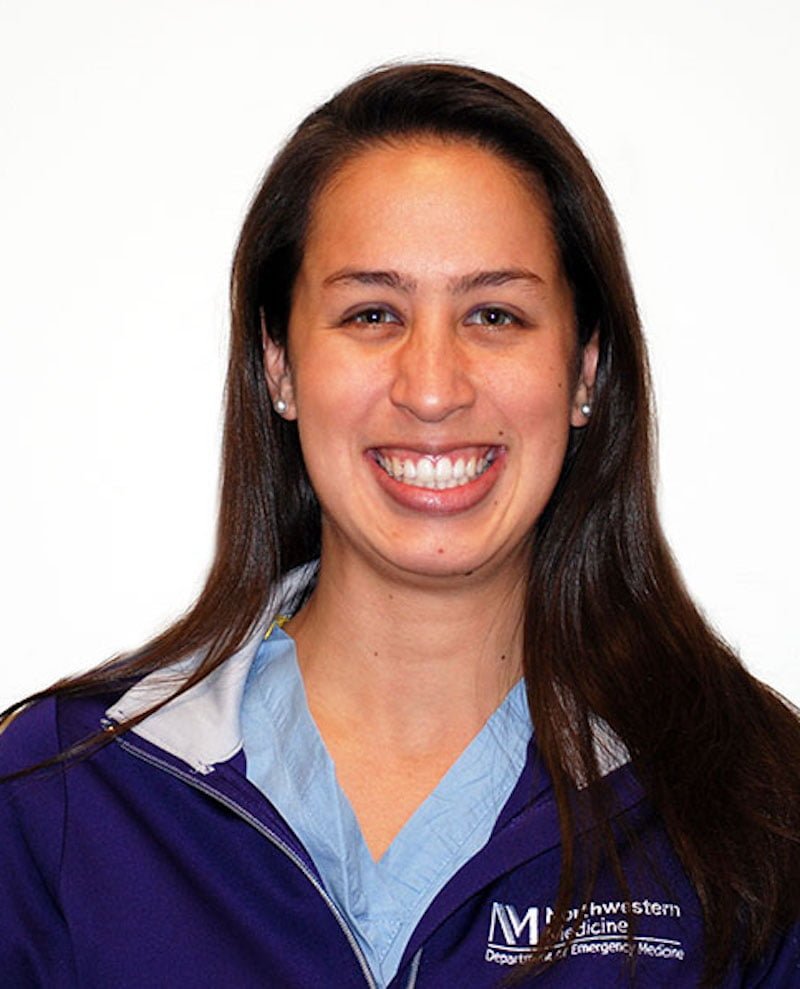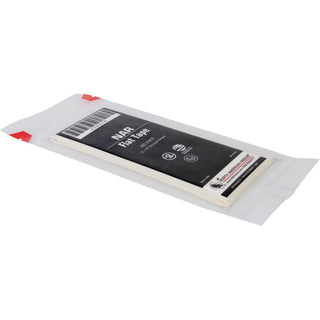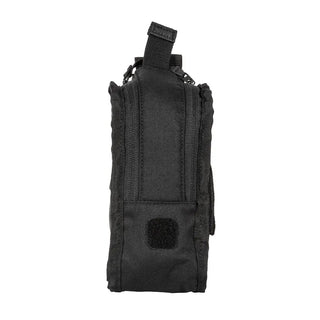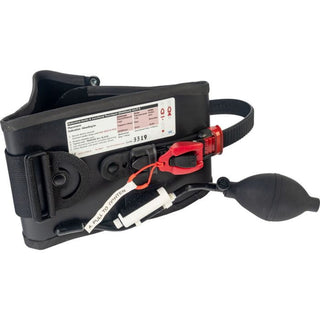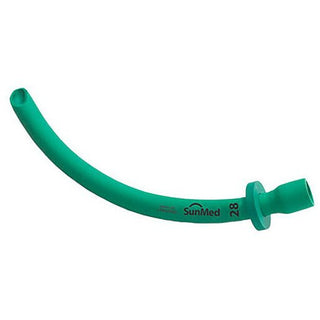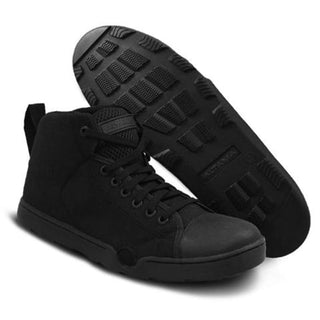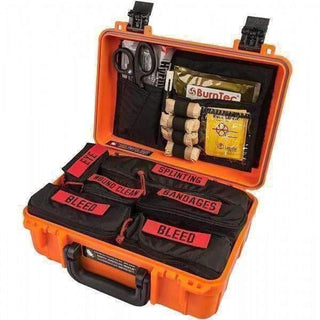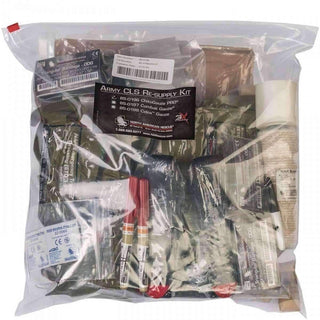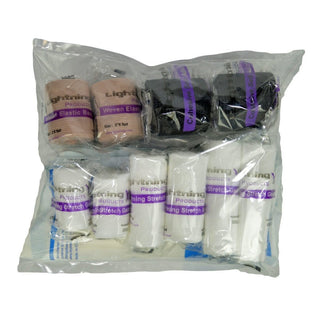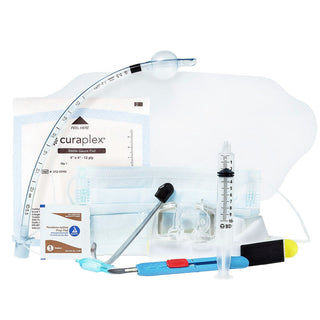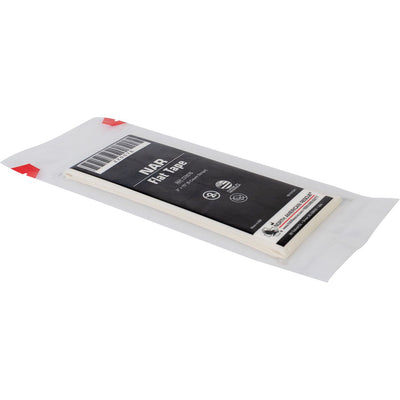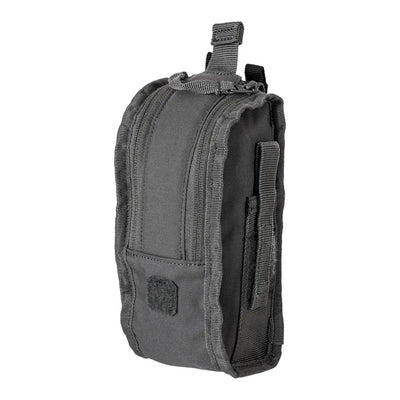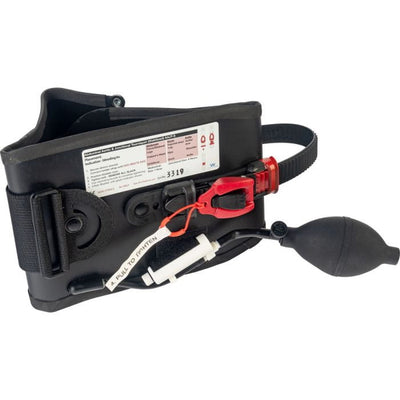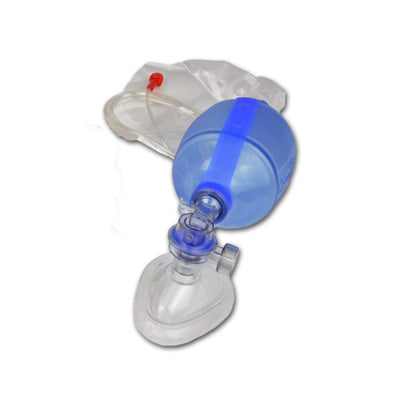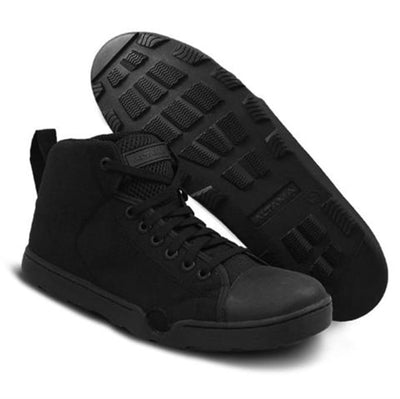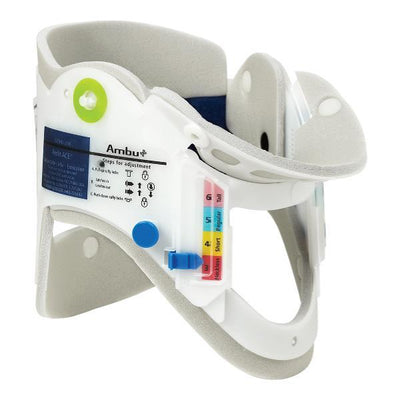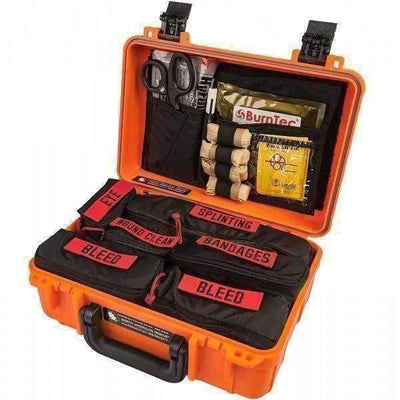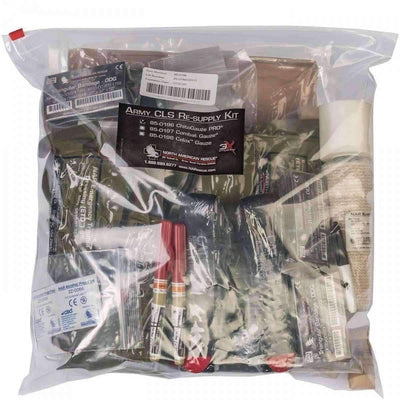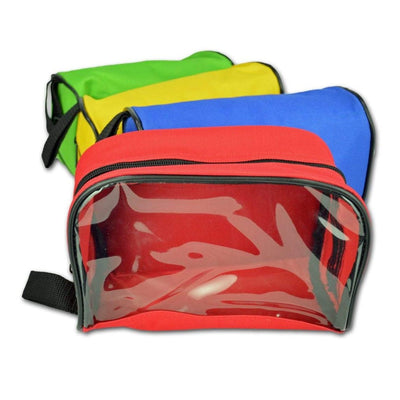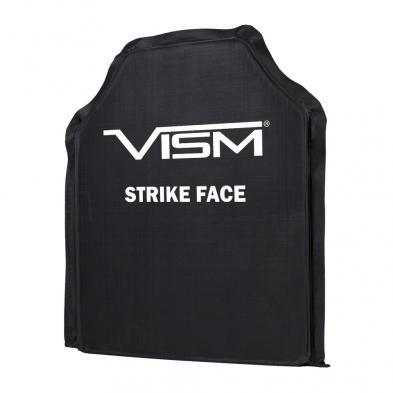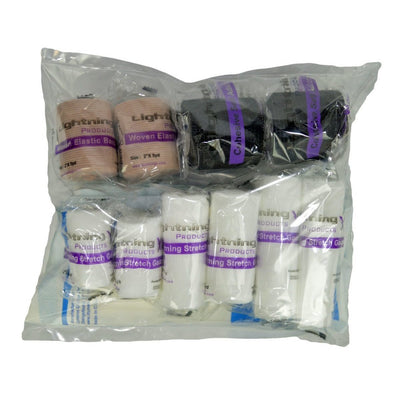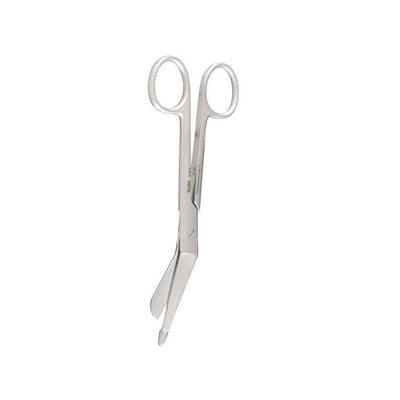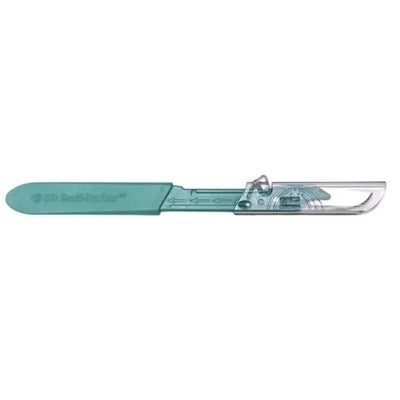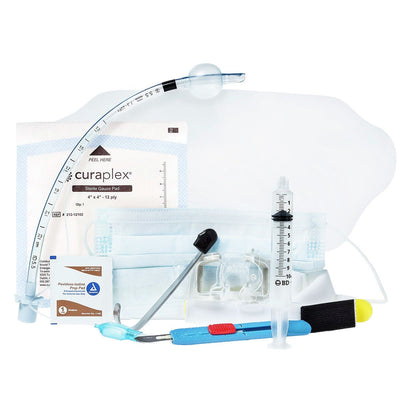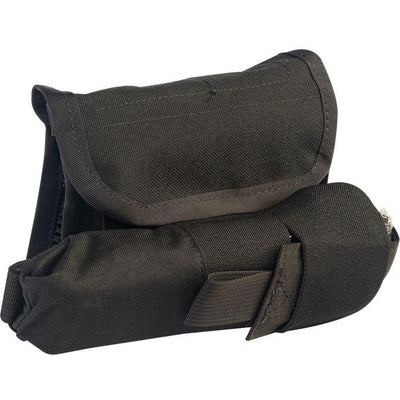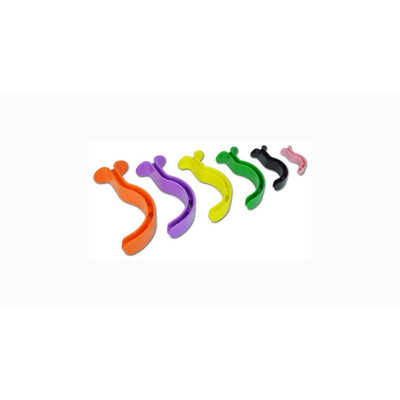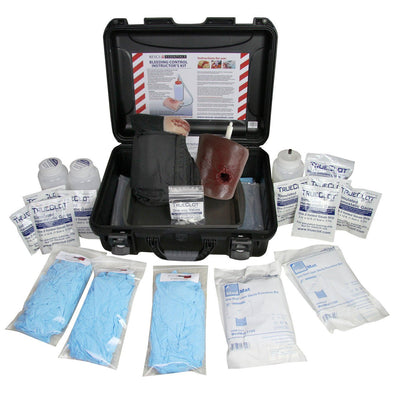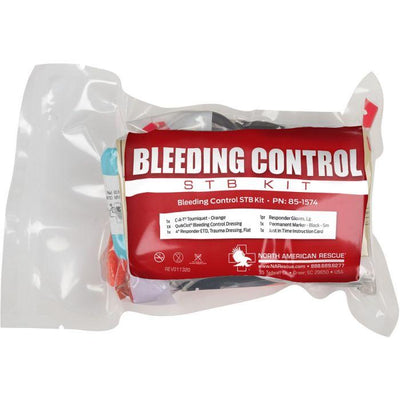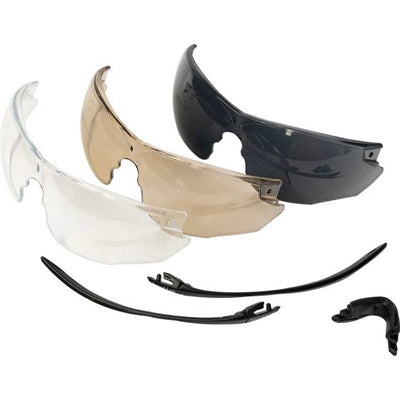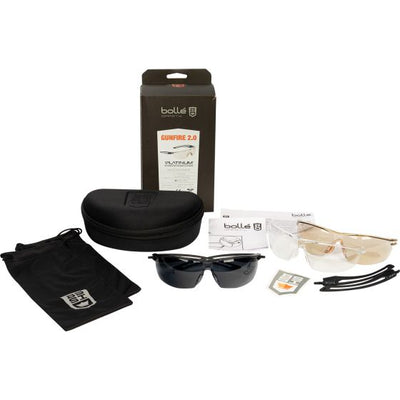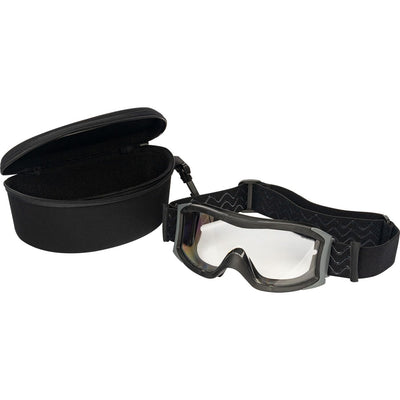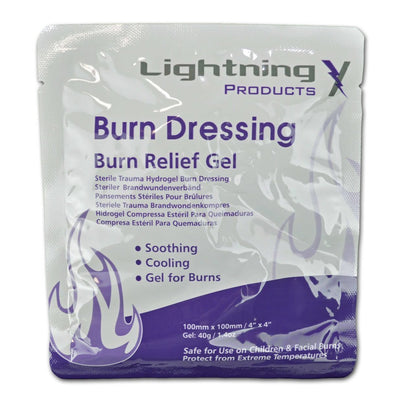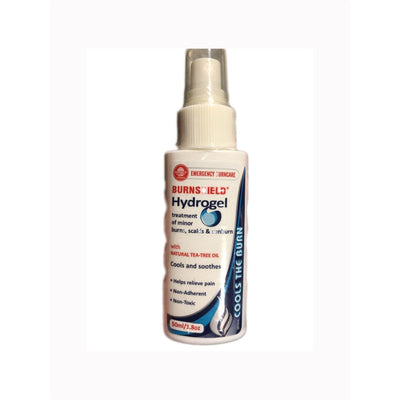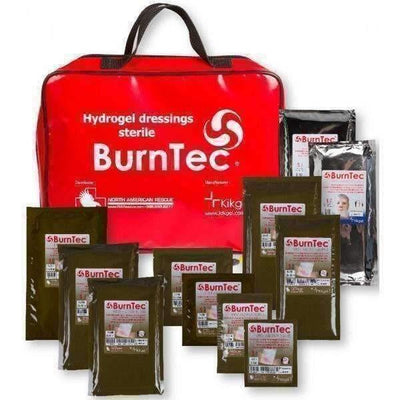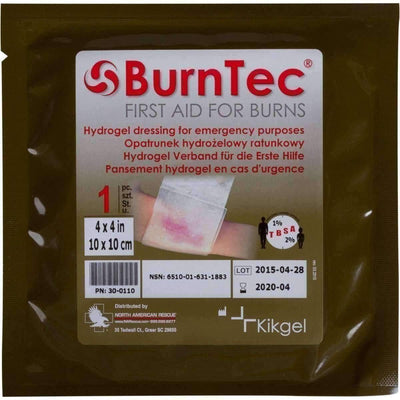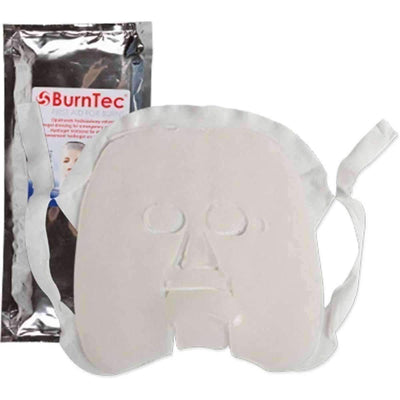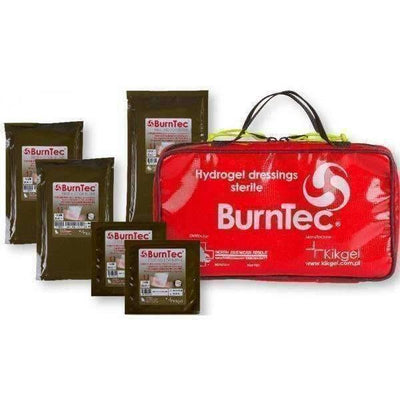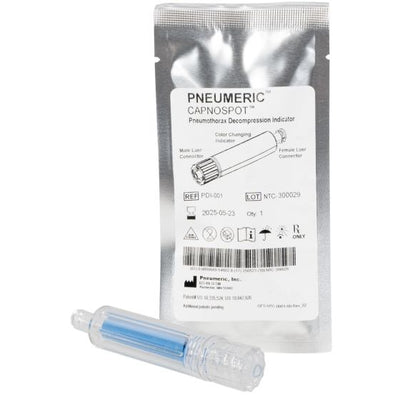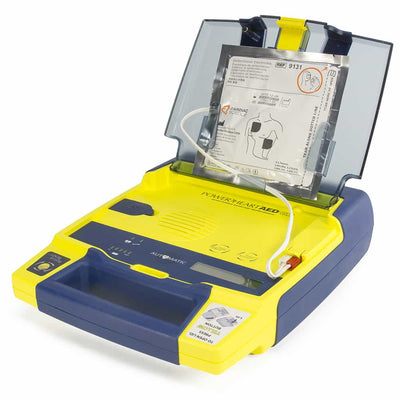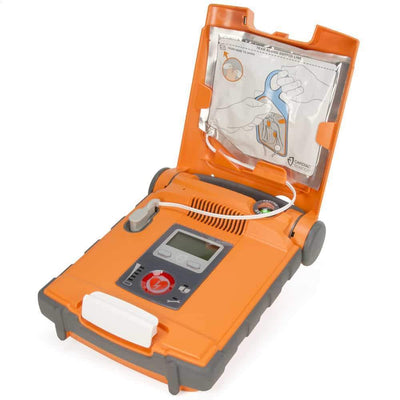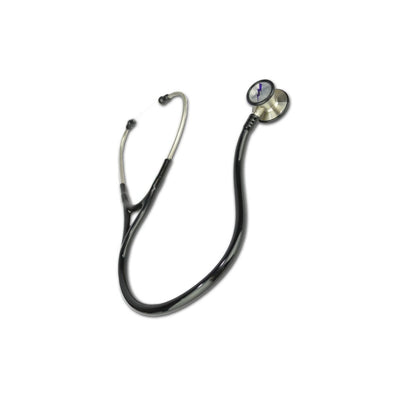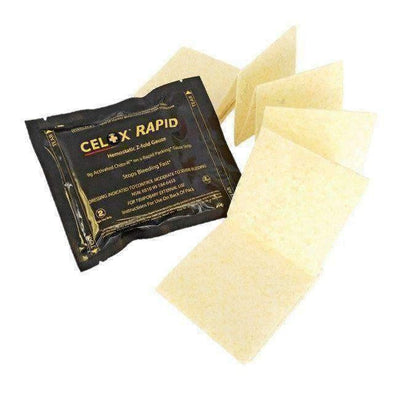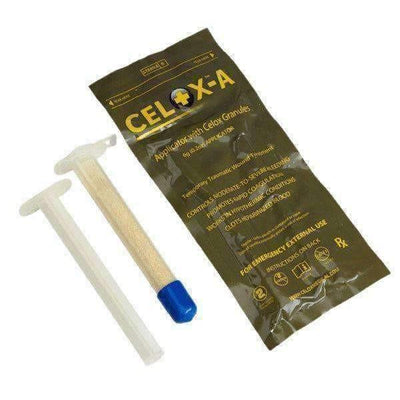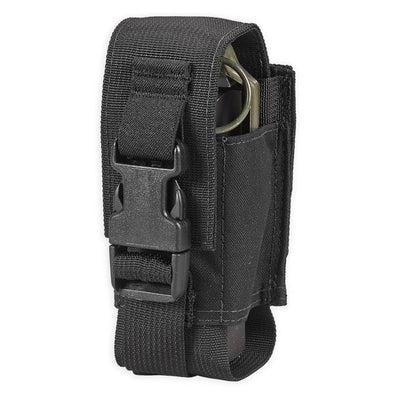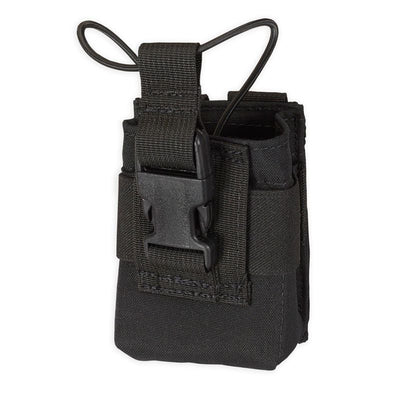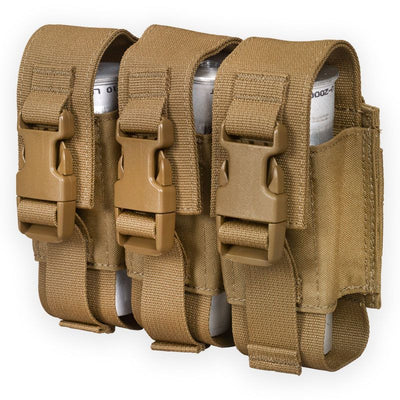
A 28-year-old G4P3 at 41 weeks presents to the ED via EMS. She is in active labor. On exam, a neonatal head is visible. Two minutes later, you deliver a healthy vigorous baby boy and hand him to your colleague. You notice persistent bleeding from her vaginal canal. Her tachycardia climbs to 110 bpm and her latest blood pressure is 78/48 mm Hg. We review postpartum hemorrhage (PPH) and the 4 T’s – a memory aid to help ED providers manage this life-threatening presentation.
Definition
Postpartum hemorrhage is defined as > 500 cc of blood after a normal standard vaginal delivery (NSVD) or >1000 cc after a C-section. It occurs in almost 1 in 5 postpartum mothers and is the most frequent cause of maternal morbidity in the developed world.1,2
The most common etiologies can be recalled by remembering the 4 T’s:1,2
- Tone: Uterine atony (70% of PPH worldwide)
- Trauma: Genital tract trauma
- Tissue: Retained products of conception (POC)
- Thrombin: Coagulopathy
Other etiologies include uterine inversion, rupture, and abnormal placentation.1–3
PPH Management
Critical management steps include access and ABCs. These patients require 2 large bore IVs and prompt type and cross for at least 4 units of blood or even activation of your department’s massive transfusion protocol. This will be dictated by the the clinical presentation.
Emergent OB-GYN consultation is also paramount. The details will be dictated by your clinical environment – but in any ED the time to requesting blood products and coordinating a plan with OB-GYN cannot be overstated. If your initial steps are not successful, the patient may need an emergent hysterectomy and/or IR embolization.
After these steps or in parallel, evaluate the uterus. Make sure the uterus is not inverted (occurs in 0.05% of deliveries).1,2 These rare instances will require reduction before further intervention on the uterine such as removing the placenta or giving uterotonics. These patients often require general anesthesia as reduction is extremely painful.
Uterine Atony (Tone)
If the uterine is not inverted, then your next steps in management is to evaluate for and treat uterine atony. Uterine massage (pictured above) may be helpful. However, pharmacological agents are usually needed and include:1–3
- Oxytocin (Pitocin)
- Methylergonovine (Methergine)
- Carboprost (Hemabate)
- Misoprostol
Oxytocin is the first-line agent in PPH. Bolus therapy or rapid infusion may have adverse effects such as hypotension. A review of medications:1–3
| Medication | Mechanism | Dose |
|---|---|---|
| Oxytocin | Uterine contraction | 10 units IM or 40 units in 1L wide openuntil the uterus is firm, then 200 cc/hr |
| Methylergonovine | Smooth muscle contraction | 0.2 mg IM every 2-4 hours Note: contraindicated in HTN |
| Carboprost | Uterine contraction and vasoconstriction | 0.25 mG IM or intramyometrially every 15 minutes up to total 2 mg Note: contraindicated in asthma |
| Misoprostol | Uterine contraction | 800-1,000 mcg PR or SL |
Still Bleeding? Think Trauma
Evaluate for genital trauma. You may need to suture and repair any lacerations prior to OB-Gyn evaluation depending on your clinical environment. Apply pressure as needed.
Still Bleeding? Think Tissue
Evaluate for any retained POC (e.g. placenta). You may need to manually explore the uterine cavity. It is important to be extremely careful and delicate while evaluating for retained POC.
Still Beeding? Think Thrombin
Complications of pregnancy such as pre-eclampsia and HELLP syndrome can be associated with coagulopathy and thrombocytopenia. Consider FFP, platelets, cryoprecipitate, TXA and/or pRBCs depending on clinical picture. A fibrinogen level may be an initial or subsequent laboratory study.
In 2017 the Lancet published The WOMAN Trial, a randomized, double-blind, placebo-controlled trial, which evaluated the effect of early TXA administration on women with PPH. In a subgroup analysis, death due to PPH was significantly lower in the TXA group, but only when TXA was given within the first 3 hours of bleeding. The number needed to treat (NNT) was 250 with a fragility index of 0.3,4
REBELEM reviewed this trial in greater detail last year, but in summary, early TXA in PPH may decrease the risk of death due to bleeding. However, it should not replace ABC, addressing, the T’s, and administering blood products as needed.
Still Bleeding? Consider Packing
Pack the uterus with either a Bakri balloon or multiple foley catheters. A Bakri balloon is essentially a large foley that can be inserted into the uterine cavity and inflated to tamponade the bleeding source. Pro-Tip: you can insert a Bakri balloon under ultrasound guidance to confirm placement.1,2

After packing the uterus you can also pack the vaginal canal by inserting a long roll of saline-soaked gauze. Keep a tail of the roll outside the patient so that you can later remove the gauze when possible.
Summary
PPH is a rare entity in the ED, but a systematic approach is vital to managing this life-threatening complication of delivery.
- Address the patient’s ABCs.
- Call for OB-Gyn early.
- Be familiar with your blood bank and massive transfusion protocols.
- Remember the 4 Ts: tone, trauma, tissue, and thrombin.
- Some cases will require an emergent hysterectomy.
References
- 1.Anderson J, Etches D. Prevention and management of postpartum hemorrhage. Am Fam Physician. 2007;75(6):875-882. https://www.ncbi.nlm.nih.gov/pubmed/17390600.
- 2.American C. ACOG Practice Bulletin: Clinical Management Guidelines for Obstetrician-Gynecologists Number 76, October 2006: postpartum hemorrhage. Obstet Gynecol. 2006;108(4):1039-1047. https://www.ncbi.nlm.nih.gov/pubmed/17012482.
- 3.Management of postpartum hemorrhage in the emergency department – First10EM. First10EM. https://first10em.com/2015/06/22/management-of-postpartum-hemorrhage-in-the-emergency-department. Published June 22, 2015. Accessed February 1, 2019.
- 4.WOMAN T. Effect of early tranexamic acid administration on mortality, hysterectomy, and other morbidities in women with post-partum haemorrhage (WOMAN): an international, randomised, double-blind, placebo-controlled trial. Lancet. 2017;389(10084):2105-2116. https://www.ncbi.nlm.nih.gov/pubmed/28456509.
Author information
The post The 4 T’s of Postpartum Hemorrhage appeared first on ALiEM.








